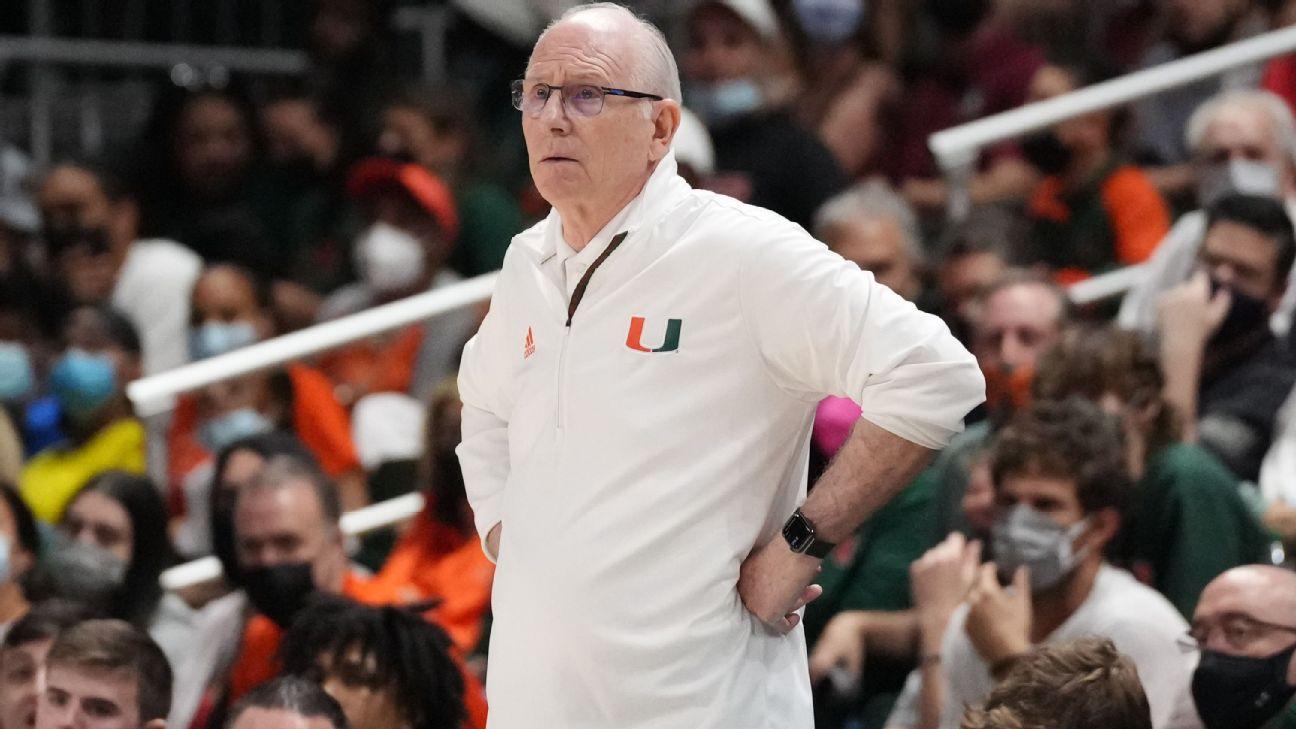Why Hurricane Helene is a wake-up call
Hurricane Helene made landfall in Florida last night as a ferocious Category 4 storm after gaining strength as it barreled across the Gulf of Mexico. According to Vox’s Benji Jones, the storm and its expected surge have the potential to wreak havoc across the…

Published 3 months ago on Sep 28th 2024, 7:00 am
By Web Desk

Hurricane Helene made landfall in Florida last night as a ferocious Category 4 storm after gaining strength as it barreled across the Gulf of Mexico. According to Vox’s Benji Jones, the storm and its expected surge have the potential to wreak havoc across the Southeast, but also dump heavy rains onto Appalachia and beyond. Before summer had even begun, experts were predicting that this year’s hurricane season would be an unusually active one, with as many as 25 named storms churning across the Atlantic Ocean. The ingredients were all there: the uniquely warm ocean temperatures, lessened Atlantic trade winds and wind shear, and the La Niña conditions cooling the waters of the Pacific. But it’s impossible to look at hurricanes in 2024 without also considering the context of climate change, which has made everything from rains to drought to wildfires more extreme globally, and put more ecosystems and humans in danger in the process. The record-hot waters in the Gulf this summer, for example, have intensified storms like Helene and Beryl, a supercharged hurricane that broke the record for the earliest Category 5 in a season, making them that much more fearsome. I recently spoke with Umair Irfan, a correspondent at Vox who’s been covering climate, the environment, and environmental policy for a decade, about this hurricane season, what has changed about these massive storms in recent years amid climate change — and what role humans are playing in compounding their impact. Our conversation has been condensed and lightly edited for clarity. —Lavanya Ramanathan Tell us how we used to think about hurricanes, in terms of categories and in terms of strength. What’s complicating that thinking now? The main way we categorize hurricanes is by wind speed. Category 1, 2, 3 — those are thresholds defined by how fast the winds from the hurricane are moving. But what we’ve found in recent decades, and with lots of recent experience, is that wind is not the most destructive element of the hurricane. It’s the water. It’s the rainfall, it’s flooding, it’s storm surge. The water is what causes the most property damage, and what also causes the most casualties and the most extensive tolls on human life. Water makes it difficult to get repair crews in and to get ambulances in and to get people out. Flooding is what blocks the roads. It’s a challenge conveying to the public that when you think about water as the big threat rather than wind, you can take different precautions: storm-proofing your house, flood prevention and mitigation, but also taking evacuation orders more seriously. What should we know about this hurricane season? You’ve written that it’s expected to be an unusually active season. To form a hurricane, you need a few things to fall into place. You need warm water at the surface of the ocean, at least 80 degrees Fahrenheit or hotter, you need limited wind shear in the air above it, and then you need another thing called atmospheric instability, where the layers of the atmosphere start to blend and merge with one another. What that does is it creates an environment where you can have a lot of evaporation, where water can move upward to a very high altitude. That’s the main engine of a hurricane. Hurricanes are a relatively rare phenomenon; we only see a couple dozen every year, whereas we see rainfall just about every day. Major hurricanes — we see maybe three or four. It doesn’t happen very often that all these ingredients align in just the right way. But last year was the hottest year on record, and we had a major El Niño, which is a major pattern in the Pacific Ocean that tends to drive up global average temperatures. So air temperatures were very high, causing the oceans to heat up. The major ingredients were there. I was in Houston after one of the big storms of this season, Hurricane Beryl, which struck in July. I saw the effects of the storm really taking their toll on the city for days afterward, in ways you wouldn’t necessarily expect. How is our understanding of the impact of hurricanes changing? Houston and Hurricane Beryl are good examples of how the ways we describe hurricanes don’t tend to reflect the risk that they can pose. It’s not simply the wind speed, or the strength, but how vulnerable the area is. Houston was hit by Hurricane Harvey years ago, which caused immense amounts of record flooding because the storm parked over the city and dropped a lot of rain. But Houston also has very little in the way of zoning. It’s also very flat, and it’s right next to the Gulf Coast, so there was not a lot of infrastructure there to cope with an immense amount of water. The main natural features that would absorb water have been paved over to support development. And so there are human-level decisions that ended up worsening the impact. With Beryl, it was also a fast-moving storm, and the wind caused a lot of damage to power lines. One of the utility companies there, Centerpoint, has a backlog of maintenance and there were well-known vulnerabilities. So when you had a major storm, it knocked out a lot of power, but also took a long time to get it back. Meanwhile, Houston had a heat wave, so there was an intense energy demand. The high heat, the not having power, all converged to compound the effects of this disaster. If you look at Beryl as just a Category 1 storm, you might brush it off. But when you look at all these other things going on, you realize this is a much more severe disaster than the category would suggest. And the impact was far broader, right? Right. Hurricanes tend to lose a lot of energy once they make landfall. But they can still be fairly devastating storms, especially if they move to an area that isn’t prepared for it, and isn’t used to getting a torrential downfall. The remnants of Tropical Storm Debby and Beryl both hit Vermont, and caused a lot of flooding and damage, and actually killed people. There was no place for that water to run off to, the people there are not necessarily well-versed in how to evacuate ahead of a storm, and the waterways, roads, and bridges are not designed to withstand sub-tropical storms. Is this something that we’re seeing more of, or are going to see more of? We see that in general with extreme weather. We had a major heat wave in the Pacific Northwest a few years ago; that was devastating because that’s the area with the least amount of air conditioning in the US. It was harmful for the people there because they’re not acclimated to the heat, and they don’t have the infrastructure to deal with it. We see the same thing with storms. A weaker storm can still be devastating in an area that does not have infrastructure that can withstand rains, or porous areas that can absorb the water. And when an event does occur, there’s more severe rainfall, because as air temperatures warm, the air can hold onto more moisture. So, while we’re focusing on the extremes, we should look at what’s typical as well, and what’s typical is also changing. Is there something people can do to protect themselves on an individual level that we’re not already doing? First, you have to start to rethink your mentality. There’s a pervasive thinking that bad things won’t happen to you. If you go for years at a time without a hurricane or a storm, or your house got flooded, and now it’s been a decade, that memory fades very quickly. But one of the concerns with climate change is that it’s bringing extremes into areas where they haven’t experienced them before. So this is a new process for some. The first step is recognizing and appreciating that you are vulnerable, that bad things can happen but you can in fact prepare for them. The big thing is you want to also get your policymakers thinking about things that can mitigate disasters over time — things like building sea walls in coastal areas, but also thinking about big changes like rethinking where we are allowed to build at all. Are we going to retreat from certain areas? Are we just going to have to give up on oceanfront areas because the risk is too high? These are much more difficult policy questions, but we’re going to have to start grappling with them because now is the best opportunity — not after a disaster.
Advertisement
Rickelton double ton takes S Africa to 429-5 v Pakistan
- 11 hours ago
Five killed, 1 wounded in shooting in Peshawar’s Tehkal: police
- 11 hours ago

That Elon Musk ‘Adrian Dittmann’ screenshot is almost certainly fake
- 9 minutes ago

Cybertruck explosion investigation identifies the driver and tracks its path to Las Vegas
- 9 minutes ago
Blast leaves four killed, 35 injured Blaochistan's Turbat
- 8 hours ago

Samsung bets big on OLED and gaming with its 2025 monitor lineup
- 9 minutes ago
You May Like
Trending















